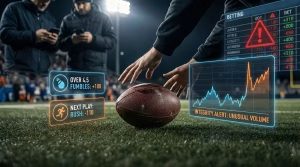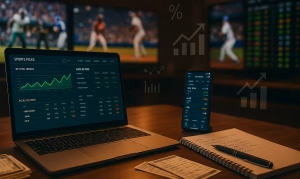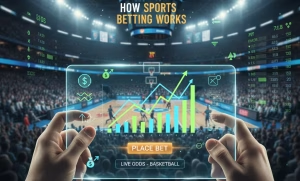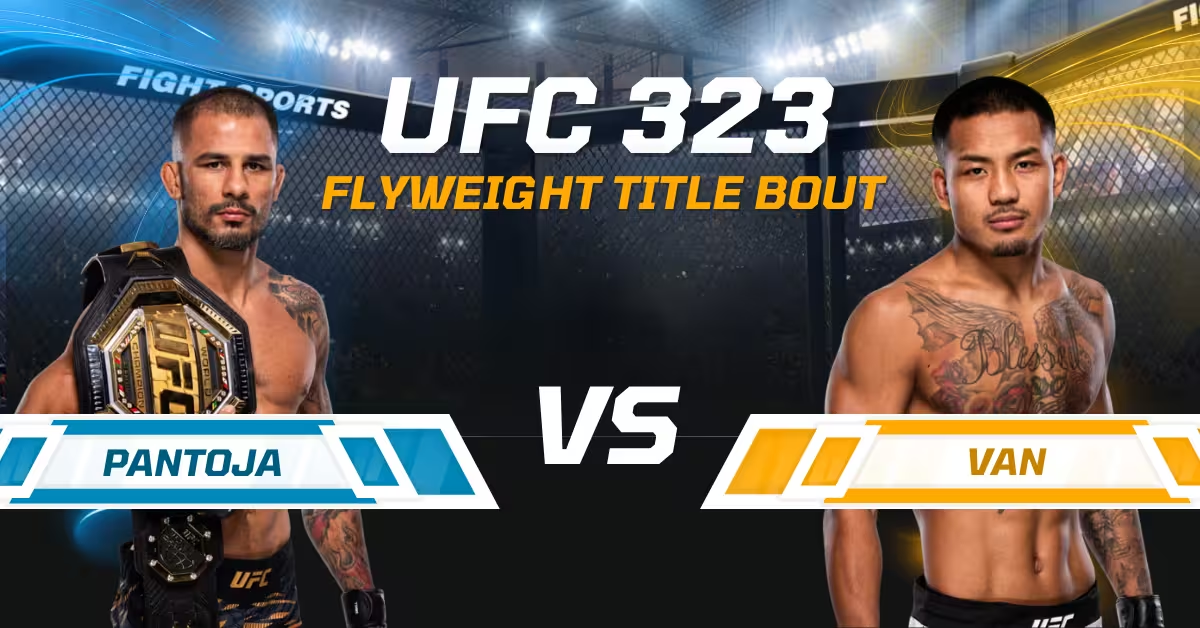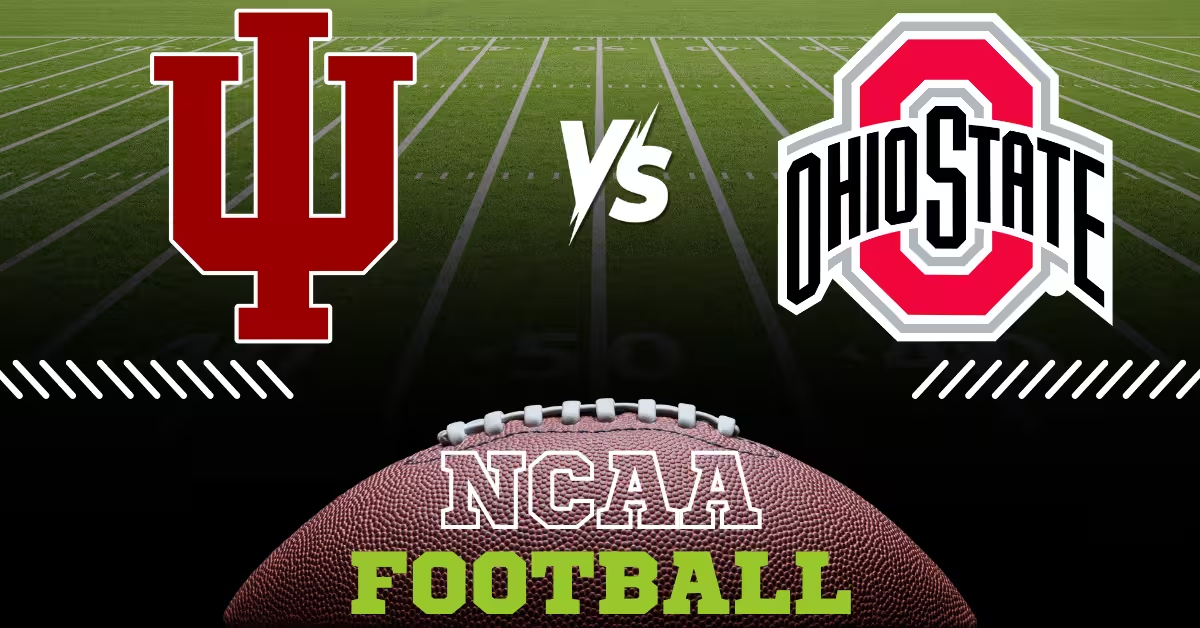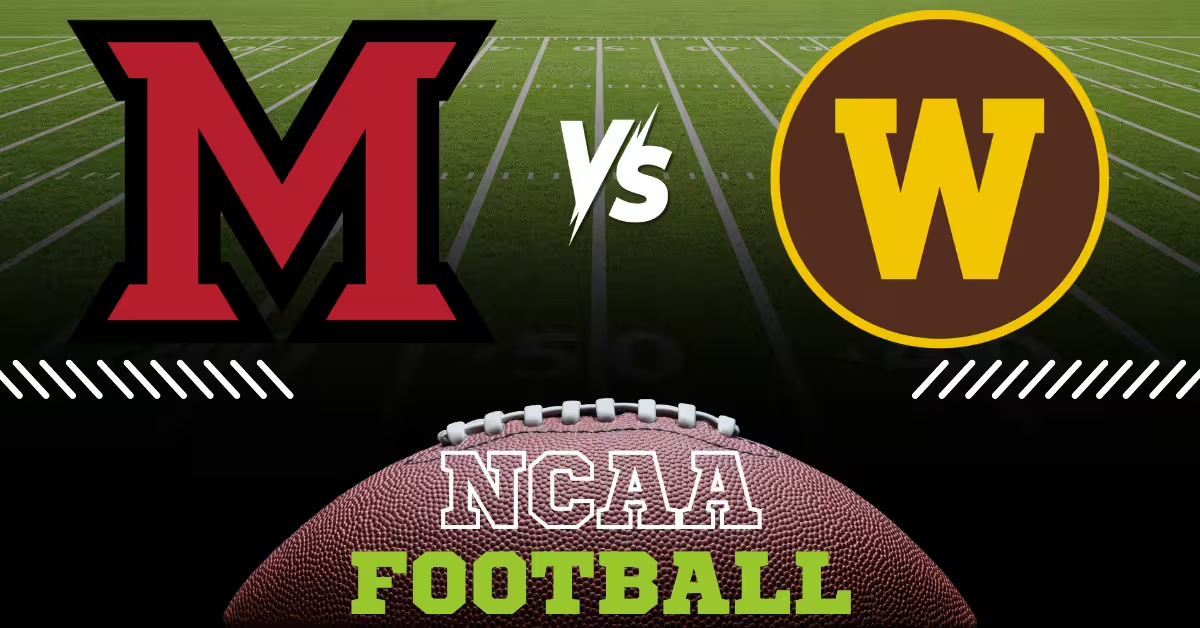Microprop Bets to Watch in the 2025 NFL Season: Hidden Value You’re Overlooking
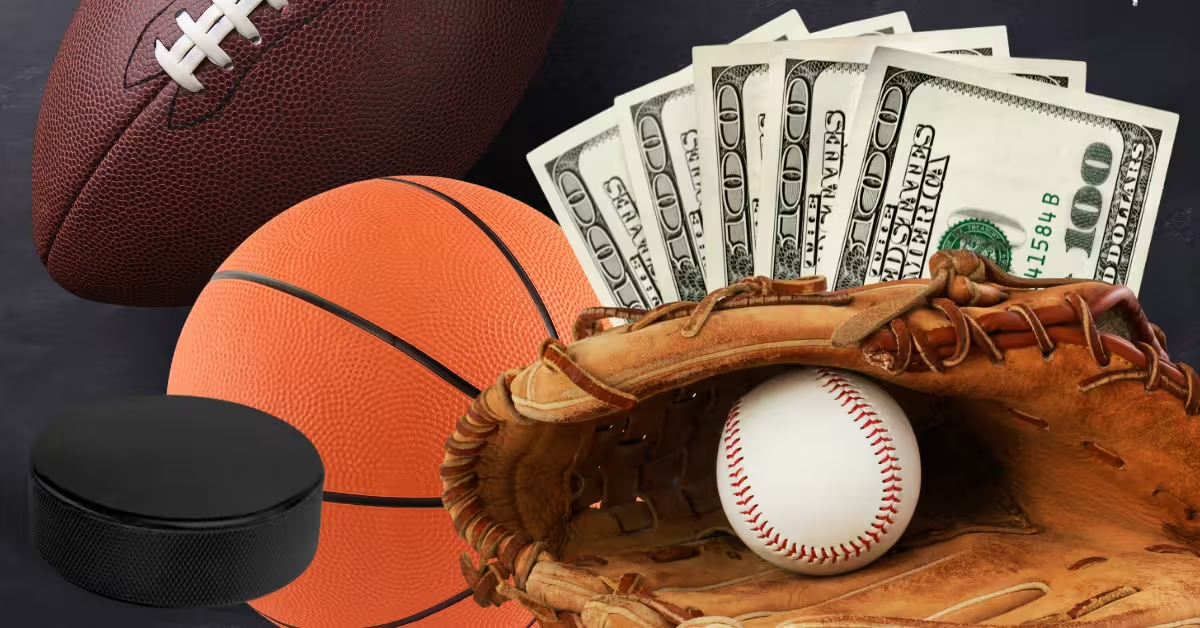
Micro-everything is super “in” these days. You’ve got microdosing hallucinogens to GLP-1 meds, but we aren’t here to talk about that.
Nope, we are going micropropping! Sounds like tiny batches of popcorn, which is frankly, adorable, but microprop bets are the topic of today. NFL bettors aren’t just going with spreads or totals anymore; they’re hopping on the microprop bets.
What are they? Super-specific wagers on tiny moments in a football game, like the outcome of a single drive or the next play, and usually go unnoticed by casual bettors. The betting markets for “micro” propositions are less efficient but overflowing with value.
Microprop bets (also called micro-betting markets) are decided in minutes or seconds during live games. You could bet on if Dallas will score on its current drive or if the next play is a run or a pass.
Because, unlike traditional full-game bets, microprops settle pretty much instantly, and that means bettors get fast feedback and payout.
And the 2025 NFL season is making these kinds of bets a lot more attractive; sportsbooks are using AI for real-time odds, better NFL data feeds are available, and live-streaming is integrating betting overlays like it never has before.
What does this mean for bettors? Read on to find out!
What Are Microprop Bets (and Why They Matter in 2025)
As we said, microprop bets are hyper-specific, in-game wagers on events within a game instead of on a game’s final outcome. Look at them as little bite-sized prop bets.
Instead of betting on a player’s total yards in a game, a microprop would be “Will CeeDee Lamb catch a pass on this drive?” They differ from standard props (which cover a player’s full-game stats) and from same-game parlays (which combine multiple bets); a microprop zeroes in on one moment.
And because of advanced data feeds and live-betting tech, sportsbooks like DraftKings and FanDuel now have a menu of rapid-fire markets that are updated in real time. The biggest sportsbooks have invested a ton in this market; DraftKings acquired micro-betting provider Simplebet in 2024 to improve the bets!
Why should you care? Well, microprops give you more control, better edges, and quicker payouts. Because the markets are new and plentiful, sportsbooks have a hard time keeping every line razor sharp. It’s difficult for oddsmakers to keep up with the sheer volume of micro propositions, so bettors are way more likely to spot an inefficient line.
Industry analysis says that handicapping “micro” events is easier with good data models, meaning that smart bettors can exploit soft odds. And since casual bettors have not caught on to micro-betting so far, the competition is lower, and odds don’t move as quickly.
The following are the biggest reasons why microprops are popping in 2025:
1. Lower Public Attention
The niche bets aren’t hammered by public money as much, so lines usually stay closer to their opener. The handle on microbets is still a small fraction of overall betting, and state regulators found certain micro markets comprising only ~1% of total wagers, which means there’s a lot less noise and lots of chances for those who are paying attention!
2. Regular Inefficiencies
There are hundreds of micro outcomes available, and sportsbooks rely on algorithms so they can miss context. You can find mispriced odds more easily than in well-covered markets like point spreads.
3. Data & Automation Edge
Armed with stats and simple models, bettors can crunch probabilities for micro events better than a casual bookmaker’s formula. It’s common to use projection systems or AI models to estimate the likelihood of a very specific event, like a kicker’s next field goal or a quarterback’s next completion.
Bettors with tech skills are automating this: they set up alerts or bots when a microprop odds imply a probability that’s far off from historical data. The integration of analytics means you can sometimes predict these micro outcomes more accurately than the posted odds.
The Data Edge: How AI and Analytics Are Powering Microprop Wins
Data is the preferred weapon of choice for those who want to beat microprop markets. NFL teams themselves are using next-gen stats, and bettors can too, to get insights into each play and player.
Metrics like air yards, route participation, and play-action rates sound like they’re fantasy football jargon, but they can and do directly inform micro bets.
If you know a receiver’s route participation (the percentage of pass plays he runs a route), it can help you judge a prop like “Will Player X be targeted on this drive?” or “Will Player Y catch a pass this quarter?” And quarterbacks’ tendencies on play-action vs. standard dropbacks, or a running back’s efficiency on short-yardage carries, all provide micro-level clues that a generic bettor (and sportsbooks) might not account for as it happens.
Even more powerful? The rise of machine learning and predictive analytics for micro outcomes. Sportsbooks are using AI-driven models to set and update odds on the fly. The models ingest live data (down, distance, player stats, etc.) and instantly adjust the probability of, say, the next play being a run or the next drive ending in a field goal. The good news for bettors? You can harness similar technology. Advanced betting syndicates and hobbyist bettors run their own simulations to project micro events.
CBS Sports’ SportsLine debuted an AI model that ran 10,000 simulations per matchup to predict player props, and the same approach can be applied to microprops by using historical play-by-play data. The models factor in everything from opponent tendencies to situational context (weather, down & distance, etc.) to spit out probabilities for micro events. If your model says there’s a 60% chance the next drive produces points but the odds imply only 45%, that’s a bet with an advantage!
Bettors don’t have to build their own AI to benefit, either. There are a ton of tools and resources out there to help you get a data advantage! Here are the ones we use the most:
- NFL Next Gen Stats: This is the league’s official tracking data that provides granular stats like receiver separation, QB release times, and completion probability on every throw.
- Props.cash, and Stat Aggregators: Popular prop betting tools compile how often various props hit, and some have in-game splits. You can see how often a given team scores in the last 2 minutes of a half, or how many carries a running back typically gets by quarter. Identifying patterns (like Team X scores on 35% of their 1st quarters vs league average 20%) leads to educated micro bets on those splits.
- AI prediction services: A whole host of platforms now offer AI-generated prop predictions. They range from free models shared on forums to paid services. An AI model correctly forecasted that Falcons RB Bijan Robinson would exceed 68.5 rushing yards in a specific game by analyzing matchup data, and a similar approach could forecast that “Bijan will get 2+ carries on the opening drive” with a confidence score.
Categories of Microprop Bets Worth Watching in 2025
Microprops vary! Some categories have more hidden value than others because of how NFL games are strategized and how sportsbooks set odds. Next up, we’ll go over the main types of microprop bets to watch out for, and why they could be lucrative!
Drive Outcome Props
These are the bets that predict how a specific drive will end, like a touchdown, field goal attempt, punt, or turnover. “Will the next drive result in a field goal?” is a classic drive prop. The hidden edge here is in analyzing situational team tendencies, especially defensive strengths. A team with a “bend but don’t break” defense could allow plenty of yards but tighten up in field-goal range, which means that drives against them are more likely to end in 3 points instead of 7.
In 2024, the Chargers allowed touchdowns on only 45% of opponent red-zone trips, the best rate in the NFL, and the Cowboys allowed a TD on 75% of red-zone drives, one of the worst. If you know a defense is elite at red-zone stops, betting the next drive ends in a field goal (instead of a TD) can be +EV when the odds haven’t fully accounted for that stat.
Another angle? Quick-strike offenses vs. ball-control offenses. A fast-scoring team like the 2023 Dolphins (who famously put up 70 points in one game) will have a higher probability of any given drive resulting in a score than a slower offense. Sportsbooks could shade spreads for those teams, but the exact driving result markets are still using generic league-average probabilities.
During the 2025 Super Bowl, bettors hammered the drive props; over $7.7 million was wagered on the “Exact Drive Result” micro-market (TD/Punt/FG/Turnover) in that game.
Pro tip: Monitor where the drive starts; a drive beginning in plus territory or after a turnover is far likelier to yield points than one starting at a team’s own 10. If the odds don’t show that (and they lag behind in-game reality), you can jump on a mispriced drive prop!
Player Sequence Props
These are the micro bets on which player or play type will happen in a short sequence. Like “Will Derrick Henry get a carry in the first two plays of the next drive?” or “Will the next three plays include at least one deep pass?”
The main edge here is to leverage team play-calling tendencies and personnel usage. Coaches script their opening plays and have habits; some teams start drives with a shot play, and others always feed their star RB early. In the above example, knowing the Titans’ identity is important!
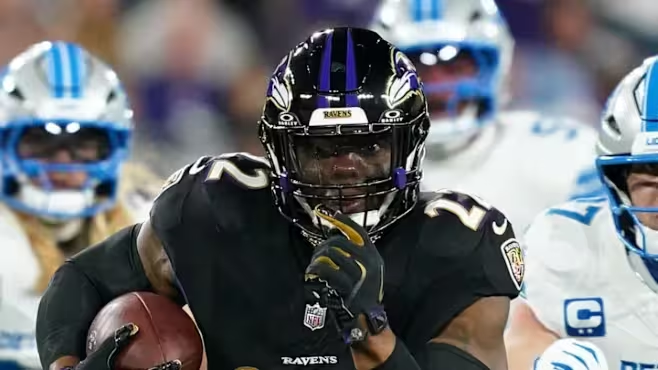
Under coach Mike Vrabel (and formerly OC Arthur Smith), Tennessee usually has a run-heavy offense, especially with Derrick Henry in the backfield, and it’s not uncommon for Henry to touch the ball on the first play of a drive and frequently on second down as well. The Titans have consistently been among the league leaders in early-down rushing frequency in recent years (usually in the top 5 in first-down run rate).
But sportsbooks might price a microprop like “Henry gets a carry in first 2 plays” generically, like at 50/50 odds, when the reality (with Tennessee’s tendencies) might be closer to 70% in favor of a carry. By studying a team’s script and play-calling splits, you can find excellent value on sequence props.
Snap & Usage Props
These focus on playing time and usage rates in real time. A perfect example would be “Will Jordan Addison play over 80% of snaps in this game?” offered during live play, or “Will RB Tony Pollard be on the field for the next red zone snap?”
Sportsbooks could post lines on a player’s snap count percentage or if a certain role player will appear in a specific package. Sharp bettors can exploit these by closely tracking team personnel rotations, injury reports, and substitutions.
Quarter & Half Splits
These are micro bets on scoring or stats within a specific quarter or half, say, an “Over 0.5 touchdowns in the 1st quarter” or “Will there be a 3-and-out in the 3rd quarter?”
The big angle here is recognizing how offensive coordinators script plays and how game scripts evolve. A lot of teams script their first 10-15 plays to start a game, and that means efficient early drives before defenses can adjust. That can make first-quarter scoring higher than expected for certain teams. If you have intel that two aggressive play-callers are facing off, an over on 1st quarter points or a bet like “First team to 10 points (in 1st quarter)” could hold value when traditional betting lines haven’t fully captured the fast start.
Team Momentum Props
These deal with streaks or consecutive outcomes, like, “Will Team A score on two consecutive drives?” or “Will either team score back-to-back without the other scoring in between?” The bets all hinge on identifying hot streaks and momentum shifts before they manifest.
If you’re watching a game and see that the Dolphins’ offense is in a great rhythm, the defense looks gassed, Tua Tagovailoa is cooking with his receivers, you could bet that Miami will score on its next drive as well (after just scoring on the previous one).
Sportsbooks set the odds based on team averages (how often a team scores on consecutive drives in general). But real-game circumstances always change things. A tired defense due to injuries or simply being on the field too long) is more likely to concede back-to-back scores. And an in-game injury to a main defensive player might make consecutive scores more probable for the opponent, and you can exploit that edge in the moment. Micro markets don’t always account for that human element of fatigue, but you can!
Pro tip: Always factor in field position and game script for micro-bets. A microprop that might be +EV in one context can be dead money in another. Successful micro betting means reading the game: know who’s injured, note if the wind is picking up (bad for a field goal prop), and consider if a team will play aggressively or conservatively based on the score. The little context clues are usually the difference between beating the micro markets and giving away your money on a hunch!
Hidden Value Microprops: Teams & Players to Target in 2025
Okay, so we’ve covered the what and why, let’s get into the specifics. Which teams and players are primed to deliver hidden value in microprop markets this season? Below are the high-upside targets we have our eyes on for 2025!
Fast-paced, explosive offenses are a micro-bettor’s dream. They run more plays and rack up more yards, giving you more opportunities to hit drive and play props.
The Dolphins under coach Mike McDaniel led the NFL in yards per game in 2023 and scored at historic rates (dropping 70 points in one game). With a team like that, markets like “Will the next drive result in points?” or “Over X yards on this drive” carry extra value; the Dolphins’ baseline likelihood to score on any given possession is just higher than the average team, yet sometimes the odds makers price these props with generic assumptions.
Detroit has also become known for an aggressive offensive approach under OC Ben Johnson; the Lions ranked near the top of the league in plays per game and often scripted creative first drives. That makes them great for first-drive scoring props or first-quarter overs.
And we can’t forget the Chiefs: Andy Reid and Patrick Mahomes can score in droves, and Reid isn’t scared to use oddball plays early. Target the high-tempo teams especially for drive outcome props (like TD or FG on the next drive) and play sequence props (like a pass-heavy sequence coming up). They create more chances for micro bets to cash. And sportsbooks sometimes underestimate how much these teams move the ball, and that creates a value gap that you can exploit!
Early in the season, teams with new play-callers can yield a lot of profitable uncertainty! Sportsbooks set a ton of lines that are all based on last year’s tendencies, and that could no longer apply with a new coordinator in town.
In 2023, the Houston Texans brought in a first-time OC, Bobby Slowik, and a rookie QB, C.J. Stroud, and promptly unveiled a way more explosive passing attack than anyone was expecting. Houston finished 7th in the league in passing yards that year, shattering preseason projections. Bettors who caught on in Weeks 1-2 that “these aren’t the same Texans” could hammer micro props on Stroud’s passing attempts, yardage in each half, etc., before the books adjusted.
And the Chargers in 2023, under new OC Kellen Moore, hinted at using more tempo and taking more deep shots. Early-season micro lines (like first-quarter yardage, or odds on a long completion each drive) might not have shown a more aggressive philosophy.
The lesson here? To identify teams with a scheme change and look for microprops where the market is assuming last year’s behavior. There’s a lag before oddsmodels catch up to a team’s new identity.
Micro markets usually concentrate on the star players, but the hidden gems are the mid-tier guys whose contributions are a lot less obvious.
Smart bettors track depth charts and usage patterns to find who’s getting the ball unexpectedly. In offenses with running back committees, the backup RB might be good for a surprise series or two and offer value on props like “Next drive; will RB2 get a touch?” or live over/unders on their carries.
A mid-tier wide receiver who isn’t a household name could be regularly getting 5+ targets, but books could still be pricing his micro props (like catches per quarter) very low.
If you know a “role player” is part of certain packages (red zone, third down), you can profit by betting on their involvement in those situations (e.g., “Player X to be targeted on this drive”). And watch out for rookies or second-year players stepping into larger roles mid-season; the betting public may not have updated their perceptions, but you can!
Unpredictability can equal opportunity! Rookie quarterbacks and vets in new systems are inherently volatile; they can either vastly overperform or underperform expectations, and micro markets are slow to adjust in-game.
A rookie QB like Bryce Young had a bad start; bettors who recognized the issues early could hit unders on Panthers’ drive props (e.g., “punt on next drive”) at good prices until the market caught up. Bettors have to monitor the QBs in real time. They’ll be erratic; brilliant one quarter and lagging in the next. If you can get a feel for when a young QB is heating up (or when a defense has him completely figured out), you can time your micro bets to those moments. The uncertainty around these QBs is not something to avoid; it’s something to exploit with the right read!
Here are a couple of sample microprop bets and why they might hold value:
- Brock Purdy to complete the first pass of the next 49ers drive (-125): Purdy thrived in Kyle Shanahan’s scripted offense last year, with a very high completion rate on those well-designed first reads. Purdy completed about 66% of his passes, and he usually started games and drives with easy completions. If San Francisco is about to begin a drive, especially early in the game, betting on Purdy to complete that first throw is statistically a solid play. The Niners use high-percentage passes (screens, slants) to kick off drives, making the odds of a completion higher than an average team’s first-pass probability. At -125 (implied ~55% chance), there could be value if you believe Purdy’s true odds to complete are, say, 65-70% on that first attempt, given his accuracy and Shanahan’s play-calling. Keep an eye on game context, though: if Purdy’s under heavy pressure that day or a key receiver is out, that changes things, but that’s exactly the kind of info you can leverage that a baseline odds model doesn’t.
- Bijan Robinson to record 2+ touches on the Falcons’ opening drive (+105): Bijan is Atlanta’s dynamic new weapon at running back, and head coach Arthur Smith is notorious for his run-first offensive approach (he made Derrick Henry the centerpiece in Tennessee, and in Atlanta, his offense heavily features the run and short passes to backs). It’s reasonable to expect the Falcons to script their opening series around Bijan; maybe a carry on the first play, and even if that doesn’t happen, a check-down or screen to him as a safety valve. Two touches on the first drive are really plausible. If the Falcons run 6 plays in their opening possession, a couple could easily funnel to Bijan given his dual-threat ability. At plus-money odds, this microprop is attractive. You’re betting on the Falcons doing what they want to do: feed their highly drafted playmaker. Unless the game plan is atypical, Arthur Smith’s tendencies (historically, ~60–65% of first-drive plays being runs or RB targets in his schemes) support Bijan being heavily involved. But always double-check the matchup; if they’re facing a weak run defense, that’s even more of a reason Bijan will be the focal point out of the gate.
The above examples? They illustrate how marrying specific stats/tendencies to micro bets can uncover value. Always ask yourself this: “Is this odds line accounting for what I know about how this team or player operates?” If not? That’s your edge right there!
How to Find and Exploit Microprop Inefficiencies
Getting an edge in micro betting isn’t solely picking the right spots; you also need to have a good betting strategy and a lot of discipline. Next up are some tips on how to act on the info and analysis that you have so that you can turn it into profit!
Quantify Your Edge (Compare Implied vs. Actual Probability)
Just like with any other bet, you should estimate the true probability of your microprop and compare it to what the odds imply. If “Next drive ends in a punt” is listed at +100 (50% implied chance), but based on your research, you think the actual likelihood is more like 65% (maybe because two backup QBs are dueling in a rainstorm), then that’s a great bet.
Make a habit of converting odds to implied probability and asking, “Would I take this bet if it were offered 100 times?” In the long run, you want to be on the side of value (where your estimated probability is higher than implied). This means researching historical data: how often does Team X actually score on consecutive drives? How often does Player Y get two touches in a row? All you need is a basic spreadsheet of occurrences and some percentage calculations that can highlight any big discrepancies.
Embrace Volume & Manage Variance
Micro betting can be high-variance; outcomes are quick and random (a tipped pass can derail your “completion” bet, and a broken tackle can bust your play-under prop). One way to handle this? To put a larger number of smaller bets instead of a few big ones. If you really have an edge, higher volume will smooth out variance over time; it’s the law of large numbers.
Pro bettors treat each bet as one “trial” and know that more trials = the results will converge toward the expected edge. But only bet within your means! And manage your bankroll carefully, because the fast pace of micro betting can tempt you into betting too often or too much. Set aside a specific micro-bet budget per game so you don’t accidentally bet 50 props in one quarter and risk too much. The goal is steady, incremental profits. Volume is good; reckless volume is not. Keep bets equal and small relative to your bankroll (e.g., 0.5% of bankroll on each micro bet).
Track Your Performance by Category
Micro betting has a bevy of bet types; some you might excel at predicting, and others? Eh, not so much. Track your results by keeping a log of your micro bets broken down by category: drive outcomes, player props, play sequence, etc.
After a decent sample, look at where you’re winning and losing. Maybe you’ll find that you’re nailing drive outcome bets at a high rate (perhaps due to your good read on momentum and field position), but you’re struggling with player-specific props. By tracking, you are making your own personal database of what works. It also adds discipline: if you know your own stats, you’re less likely to chase bets in a category you historically lose in.
Leverage Live Betting for Hedging and Pressing
A cool aspect of micro betting is that it dovetails with live betting seamlessly. Because micro outcomes happen within the game, you can use later bets to hedge or double down based on the evolving game script. Let’s say that before the game, you took a microprop “Team A to score on first 2 drives.” They score on the first drive; now live markets might offer you a cash-out or a chance to hedge against the second drive score (maybe by betting “No score on next drive” if you’ve changed your outlook).

If things have changed, like the QB turned an ankle on drive 1, hedging can lock in a profit or cut your losses. But if your pre-game read looks even better now, you could double down on similar props (like “Team A to score on the next drive too”).
Use live info to confirm or contradict your initial handicap. Most pro bettors scale into positions: they bet a small amount on a micro outcome, and if the game flow starts to validate their hypothesis, they’ll bet more on the next similar prop. Just be careful here; live betting will tighten odds, and there’s always juice. Only press when you’re more confident than before. The beauty of micro markets is the flexibility: you’re not stuck with just one pre-game bet, so you can continuously refine your stance!
Be Opportunistic, Not Emotional
Micro-betting is fast, and that can turn into impulsive decision-making. Maintain your discipline by sticking to situations where you identifiably have an edge, not just because you’re bored or angry from a previous loss.
Have a plan: maybe you decide before the game which types of micro bets you’ll look for each quarter! When you know your triggers, you can avoid making random bets. If a line moves against you, don’t chase the steam; by then, the value is gone. There will always be another chance later in the game or next week!
These are the “don’ts” of microbetting:
- Don’t overbet correlated outcomes: Spreading your risk is good, but be wary of stacking too many bets on the same event. If you really believe in an outcome, make one larger bet instead of five small ones that all hinge on the same drive.
- Don’t chase after tilt: If a brutal bad beat happens, take a deep breath. Don’t double your next bet to “win it back.” The micro-betting arena is especially dangerous for tilt betting because opportunities come nonstop. Stick to your researched angles, and if you feel emotionally off-kilter, walk away and take a break.
- Don’t ignore external factors: Micro bets can sometimes make you forget the basics, like the weather, injuries, and fatigue. A bet on “next play is a pass” sounds logical until you realize it’s raining cats and dogs. Or you bet on a receiver to get a catch on a drive, not realizing he’s being evaluated for a concussion from the previous play. Always keep one eye on the bigger picture: weather reports, who’s in/out, and coaching tendencies. Micro markets usually price scenarios as if it’s an average situation; any deviation from “average” is an edge for you if you capitalize on it.
The Future of Microprop Betting
The projected growth of micro-betting is on pace to accelerate; it’s mirroring the past rise of in-play betting. As fast, in-the-moment wagers grow in popularity, experts are predicting that micro-bets will get an increasing share of the overall sports betting handle each year!
The microprop revolution is just getting started. By 2026 and beyond? We can expect to see micro-betting as a mainstay of the viewing experience and a huge part of sportsbooks’ offerings. Below are some of the trends that are shaping the future of microprops:
Real-Time, AI-Powered Odds
The arms race is on for sportsbooks to automate and optimize micro betting odds with AI. We’re already seeing incredibly fast data feeds and algorithms adjusting lines second-by-second. And as machine learning models improve, microprop lines will factor in even more variables (player fatigue, formation recognition, you name it) in real time. This will make the markets more efficient and tougher to beat…for the unprepared. But even the smartest AI can’t foresee everything, and bettors can still have an edge by catching things the models will undervalue.
Integration with Broadcasts and Streaming
The line between watching a game and betting on it will continue to get blurrier. The NFL and broadcast partners are already moving to integrate micro-betting into the viewing experience. Amazon’s “Prime Vision” Thursday Night Football broadcasts now overlay live stats and odds from DraftKings on the screen so that viewers are able to see betting lines without looking away.
And Genius Sports’ new BetVision platform merges live game streams with interactive betting; fans can watch a live game in-app and make micro-bets with an integrated betslip. By 2026, we expect this to be commonplace: you can watch an ESPN+ stream where you can click on “Will the next play be a pass?” and instantly bet. Increased accessibility and engagement will make micro-betting even more popular (and likely attract more casual bettors into the fold). We’re heading into an era where betting is not an aside to watching; it’s integrated into it.
‘Autobet’ Scripts and AI Betting Assistants
As betting tech levels up, we could see tools that let bettors pre-program strategies or use AI assistants to execute micro bets. Maybe you’ll be able to set an autobet rule like: “If Team A gets the ball in opponent territory and the FG odds are +EV by my model, bet X units automatically.”
Some bettors are already tinkering with automation via APIs or bots, and sportsbooks may eventually offer built-in features for this. AI assistants might be able to monitor games and suggest micro bets to you in real time, like a personal tipster that knows your betting style.
The next step? Personalization and automation. Maybe you’ll have an AI bot that knows you like momentum props and it pings you, “The Eagles have scored 2 straight and just got a turnover; think about betting that they score on the next drive too.” This could help bettors capitalize, although relying on it without your own judgment could be super risky. The future will likely be a synergy of human and AI betting; the fastest decisions with the smartest data.
Microprops Dominating by 2026+
Some industry experts predict micro-betting will capture a huge share of the market in the coming years. It’s engaging, especially for younger fans who have grown up with second-screen experiences and instant gratification.
By 2026, don’t be surprised if microprops are as commonly discussed as point spreads. They offer a lower barrier to entry in some ways; you can bet small amounts and get quick results, which casual bettors love. Leagues are embracing it as well: the NFL’s official data partnership explicitly highlights fueling microbets and SGPs. As the ecosystem grows, we’ll also likely see more microprop options, not just in-play, but maybe micro futures.
And sportsbooks will push micro markets because a higher volume of bets per game means more handle.
In terms of integrity and regulation, increased micro-betting will come with scrutiny (we’ve already seen some concerns about ease of match-fixing on micro events, like certain states briefly considering banning some micro markets ). But regulators and sportsbooks are implementing monitoring for unusual betting patterns on micro outcomes that can actually be easier to spot, and the official data providers are watching for anomalies. The likely scenario is that micro-betting marches on, with appropriate checks, and not any kind of heavy rollback.
Why Smart Bettors Are Going Small in 2025
Microprop betting comes down to one thing, and that’s opportunity. The NFL betting landscape is more competitive than ever, and the smartest bettors are finding that the next frontier of sustainable profits is in those tiny, overlooked markets that most people totally ignore.
By “going small” and focusing on micro events instead of big-picture bets, you can uncover edges that larger markets just don’t offer. The edges come from nuanced data like team tendencies, situational stats that aren’t fully baked into lines, from quicker reaction to live developments than the books, and from the sheer volume of options that let you be selective!
Here’s a rundown of all things microbetting for the NFL:
- Microprops let bettors take advantage of real-time situations that traditional bets miss.
- The bets hinge on play-calling patterns, player usage, and how drives unfold in the moment.
- Smart bettors concentrate on data like scripted plays, red-zone stats, and snap counts.
- Treat each bet as a small, calculated investment instead of as a gut feeling.
- Start with a few micro markets, keep the stakes low, and track your results carefully.
- Pay attention to trends like drive momentum, defensive fatigue, and personnel groupings.
- Use live data to adapt when the game flow supports your read.
- Stay disciplined and don’t stack too many related props or chase odds movement.
- The rise of micro betting is real; more and more bettors are finding value in the smaller, faster-settling wagers.
- The edge goes to those who analyze the details, are patient, and think like football coaches instead of like gamblers!

Alyssa contributes sportsbook/online casino reviews, but she also stays on top of any industry news, precisely that of the sports betting market. She’s been an avid sports bettor for many years and has experienced success in growing her bankroll by striking when the iron was hot. In particular, she loves betting on football and basketball at the professional and college levels.

